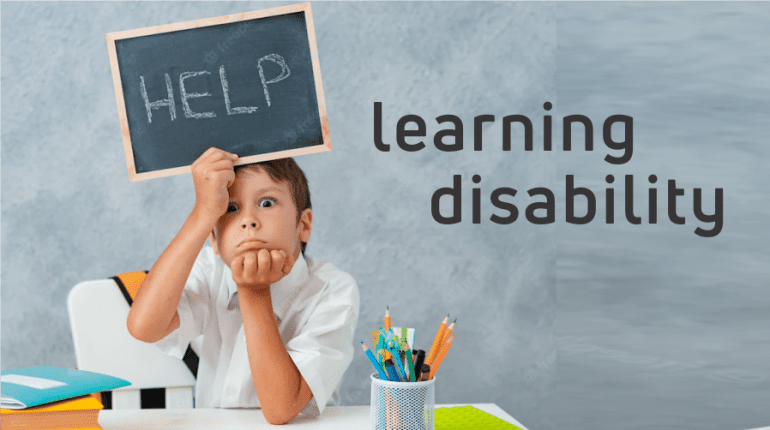
Learning disabilities are neurological conditions that can make it difficult for people to acquire new skills. This can affect their abilities in areas such as speaking, reading, writing, attention, comprehension, memory, math, and motor coordination.
While people with learning disabilities often possess average or above-average intelligence, they may struggle to meet the academic expectations of their peers. Despite these challenges, many individuals with learning disabilities have achieved great success in fields like science, math, art, and other creative pursuits. In fact, some of history's most renowned figures, including Albert Einstein, Leonardo da Vinci, Thomas Edison, and Winston Churchill, were believed to have had learning disabilities.
Learning Disabilities: A Spectrum of Conditions
The term "learning disability" covers a range of specific disorders that can affect a person's ability to learn. Some common types include:
- Dyslexia: The most common learning disability, affecting language processing and impacting skills like speaking, reading, writing, and understanding words.
- Dysgraphia: A condition that makes it difficult to write down thoughts due to problems with vocabulary, spelling, grammar, memory, and critical thinking.
- Dyscalculia: A math-related learning disability that can cause difficulties with numbers, concepts, and reasoning.
- Auditory Processing Disorder (APD): A condition where the brain struggles to process sounds, leading to confusion and difficulty understanding speech.
- Language Processing Disorder (LPD): A subset of APD that specifically affects the processing of spoken language.
- Nonverbal Learning Disabilities (NVLD): Difficulty interpreting nonverbal cues like facial expressions, body language, and tone of voice.
- Visual Perceptual/Visual Motor Deficit: Challenges with hand-eye coordination, motor skills, and visual tasks.
Understanding the Causes of Learning Disabilities
Learning disabilities are rooted in differences in how the brain functions. These differences can develop before birth, during childbirth, or in early childhood. Some potential causes include:
- Maternal illness during pregnancy
- Birth complications that limit oxygen flow to the baby's brain
- Genetic factors that increase the risk of learning disabilities
- Injuries or illnesses, like meningitis, in early childhood
- Health conditions such as cerebral palsy or Down syndrome
It's important to distinguish between learning disabilities and other factors that can affect a person's learning, such as:
- Sensory impairments (vision, hearing, speech, or motor skills)
- Intellectual disability
- Emotional issues
- Socioeconomic, cultural, or environmental disadvantages
Supporting Individuals with Learning Disabilities
While learning disabilities are lifelong conditions, early diagnosis, appropriate interventions, and ongoing support can help individuals with these challenges succeed in school, work, and personal relationships.
Treatment approaches may include:
- Special Education: Tailored instruction from specialized teachers to address individual needs and build upon strengths.
- Medication: In some cases, medication can help improve focus and concentration.
- Therapy: Psychotherapy can assist in managing emotional challenges and developing coping strategies.
- Additional Interventions: Speech and language therapy may also be beneficial.
- Support Groups: Connecting with others who share similar experiences can provide valuable support and understanding, especially in families affected by learning disabilities.
Take Away
Each person possesses a unique combination of strengths and weaknesses. While individuals with learning disabilities may face certain challenges, they are no less capable or valuable than anyone else. With the right support, such as special education, treatment, and understanding, they can achieve success and lead fulfilling lives.
Disclaimer: The information and other content provided in this blog, or in any linked materials, are not intended and should not be construed as medical advice, nor is the information a substitute for professional medical expertise or treatment. If you or any other person has a medical concern, you should consult with your healthcare provider.
